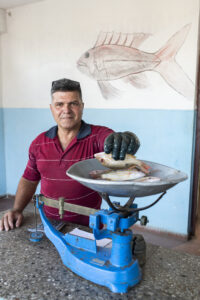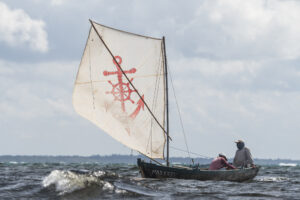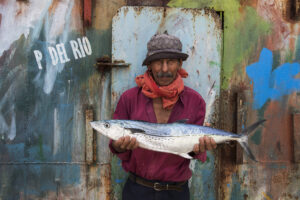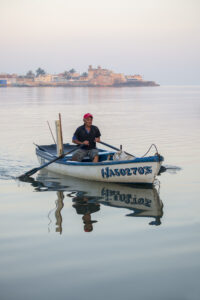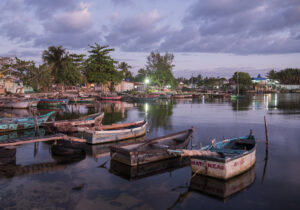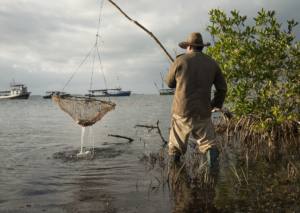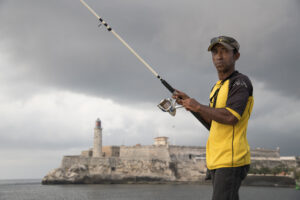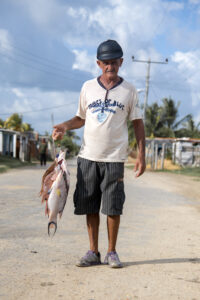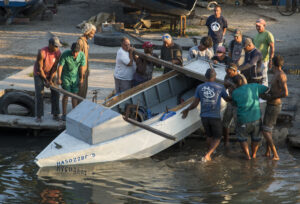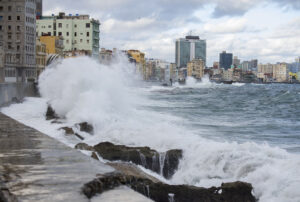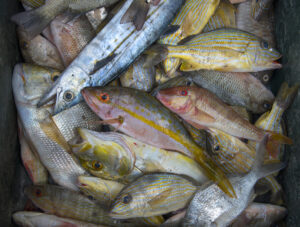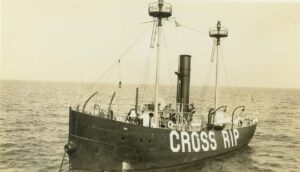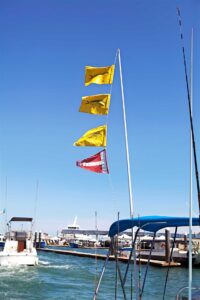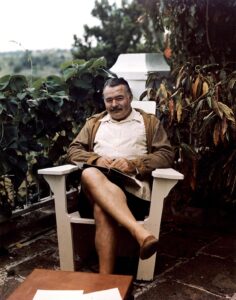NOT LONG AFTER publishing his first photography book about Chesapeake Bay watermen, Jay Fleming was ready for a photographic change of venue. He had dedicated three years to taking photos of his home turf and surf in Maryland and Virginia, so he wanted to investigate new places to focus his lens.
Traveling abroad sounded appealing. He scoured the globe for unique destinations and found himself drawn to Cuba, the island located at the convergence of the Caribbean Sea, Gulf of Mexico and Atlantic Ocean. He would spend nearly a month on two separate occasions exploring this socially and economically isolated country. Its beautifully decrepit streets, ever-optimistic people, and breathtaking landscapes and wildlife would be his new subjects.
Away from the cacophony of tourists and Old Havana thoroughfares and the cliched images of cigar shops and vintage cars, Fleming was on a quest for an authentic Cuba in coastal fishing villages. His first itinerary in 2017 targeted the shorelines on the island’s west side in hideaway places such as Playa Larga in the Matanzas Province, Casilda in the Sancti Spíritus Province, and Puerto Esperanza in the Pinar del Río Province. There he would come to know the fishermen, boat builders and people whose living depended upon the harvest and sale of seafood.
His second trip in 2019 brought him to Cojímar, a coastal town east of Havana that is home to the largest fleet of privately owned workboats (190+) on the island. Here he photographed the waterfront as fishermen landed their catch, mechanics worked to keep old motors alive and carpenters did rudimentary woodwork to keep old boats afloat. Other notable waterfront communities visited during this trip included Santa Lucia, Punta de Cartas and La Coloma in the Pinar del Río Province, and Isabela de Sagua in the Villa Clara Province.
Jay Fleming gives us a rare glimpse into a world less than 100 miles from America’s shore, where fishermen work the sea in traditional ways not much different than our own Chesapeake watermen.


